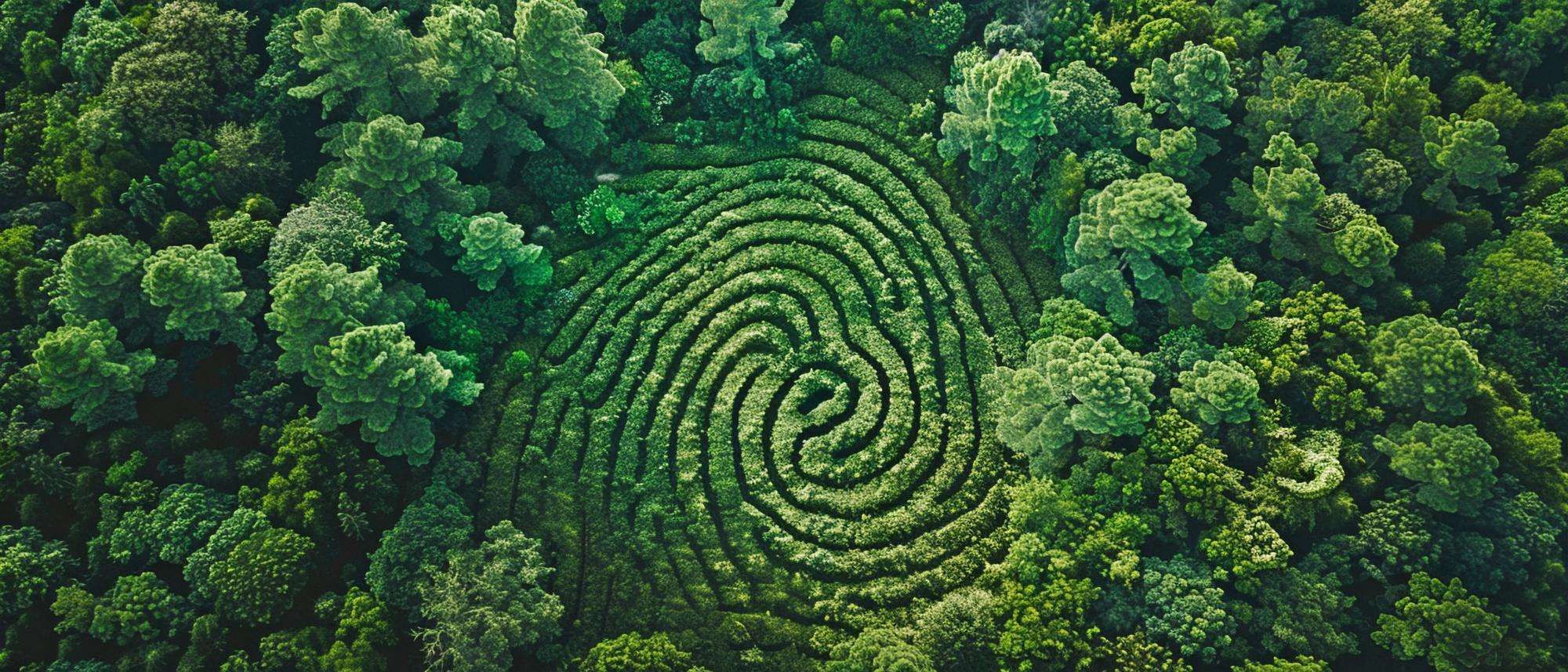Creating Sustainable Habitats: How to Design for Long-Term Biodiversity
The UK’s natural environment is under increasing pressure from urbanisation, agriculture, and climate change. Designing habitats for sustainability is crucial to protecting biodiversity and ensuring long-term ecological balance. But how do we create habitats that thrive for generations? Whether you’re a landowner, developer, or conservationist, understanding habitat creation and enhancement is key to making a lasting impact.
In this guide, we’ll explore essential strategies for designing sustainable habitats that support native wildlife, improve ecosystem resilience, and contribute to the UK’s biodiversity goals.
Why Sustainable Habitat Design Matters
Sustainable habitat design is more than planting a few trees or creating green spaces. It involves carefully considering ecological relationships, species needs, and long-term management. Without sustainability at the core of habitat creation, conservation efforts may fail over time. Key benefits include:
- Boosting Biodiversity – Creating diverse habitats attracts a wide range of wildlife, from pollinators to apex predators.
- Enhancing Ecosystem Services – Healthy ecosystems regulate water, improve air quality, and store carbon.
- Resilience to Climate Change – Sustainable habitats help species adapt to changing environmental conditions.
- Aesthetic & Recreational Value – Well-designed habitats enhance landscapes, benefiting local communities and economies.
Key Strategies for Designing Sustainable Habitats
1. Prioritise Native Plant Species
Native plants form the foundation of sustainable habitats. They provide essential food and shelter for local wildlife while requiring minimal maintenance compared to non-native species. Key considerations include:
- Selecting a mix of trees, shrubs, and wildflowers that support a range of species.
- Avoiding invasive plants that outcompete native vegetation.
- Creating layered planting structures to provide varied microhabitats.
Tip: Wildflower meadows rich in species like oxeye daisy, knapweed, and birdsfoot trefoil attract pollinators and enhance biodiversity.
2. Incorporate Water Features
Water bodies such as ponds, wetlands, and streams significantly boost habitat diversity. Even small water features can provide critical resources for amphibians, birds, and invertebrates.
- Design natural edges with gentle slopes to support a variety of species.
- Include native aquatic plants to oxygenate the water and create shelter.
- Ensure connectivity with other habitats, allowing species movement between ecosystems.
Did you know? Well-designed ponds can support up to 80% of UK wetland species!
3. Create a Mosaic of Habitats
Diverse habitats support a wider range of species. Instead of a single habitat type, aim for a mix of woodlands, grasslands, wetlands, and hedgerows.
- Woodlands – Provide shelter and food for birds, mammals, and insects.
- Hedgerows – Serve as wildlife corridors, linking fragmented habitats.
- Grasslands – Offer nectar-rich flowers and hunting grounds for birds of prey.
- Deadwood & Log Piles – Essential for fungi, beetles, and small mammals.
Tip: Connecting different habitats with green corridors prevents wildlife isolation and enhances genetic diversity.
4. Support Pollinators and Insects
Bees, butterflies, and other pollinators play a crucial role in sustaining plant life. Encouraging their presence ensures a thriving ecosystem.
- Plant nectar-rich flowers that bloom in succession throughout the seasons.
- Leave areas of bare soil and dead wood for solitary bees and beetles.
- Avoid pesticides that harm beneficial insects and disrupt ecosystems.
Quick Win: A simple bug hotel made from hollow stems, logs, and clay provides essential shelter for pollinators.
5. Foster Sustainable Land Management
A habitat’s long-term success depends on proper maintenance and management.
- Use rotational grazing or cutting to prevent grasslands from becoming overgrown.
- Maintain hedgerows and woodland edges to encourage structural diversity.
- Monitor biodiversity regularly and adapt management techniques accordingly.
Example: Traditional hay meadow management, where grass is cut late in the summer, helps wildflowers reseed naturally.
6. Encourage Community Involvement
Sustainable habitats benefit from public engagement and long-term stewardship.
- Work with local conservation groups to maintain habitats.
- Provide educational opportunities through guided walks and citizen science projects.
- Establish wildlife-friendly gardens and green spaces in urban areas.
Fact: Green spaces improve mental well-being and foster a deeper connection with nature.
Common Questions About Sustainable Habitat Design
Q: How long does it take for a new habitat to establish?
A: This depends on the habitat type. Wildflower meadows can establish within a few years, whereas woodlands may take decades to mature fully.
Q: Can small spaces support biodiversity?
A: Yes! Even small gardens, urban green spaces, and roadside verges can provide vital habitats for pollinators, birds, and small mammals.
Q: What are the biggest threats to habitat sustainability?
A: Habitat fragmentation, pollution, invasive species, and poor land management are significant threats. Sustainable design helps mitigate these risks.
Q: Are ponds and wetlands difficult to maintain?
A: With the right design, ponds and wetlands require minimal upkeep. Native plants and natural filtration systems help keep them self-sustaining.
Conclusion
Designing sustainable habitats is a powerful way to protect biodiversity, support wildlife, and build resilience against environmental change. By prioritising native plants, integrating diverse habitats, and adopting responsible land management, we can create thriving ecosystems that stand the test of time.
Whether you’re looking to enhance a small garden, restore a larger landscape, or contribute to conservation efforts, every action counts. Sustainable habitat design is an investment in the future – one that benefits both nature and people alike.




